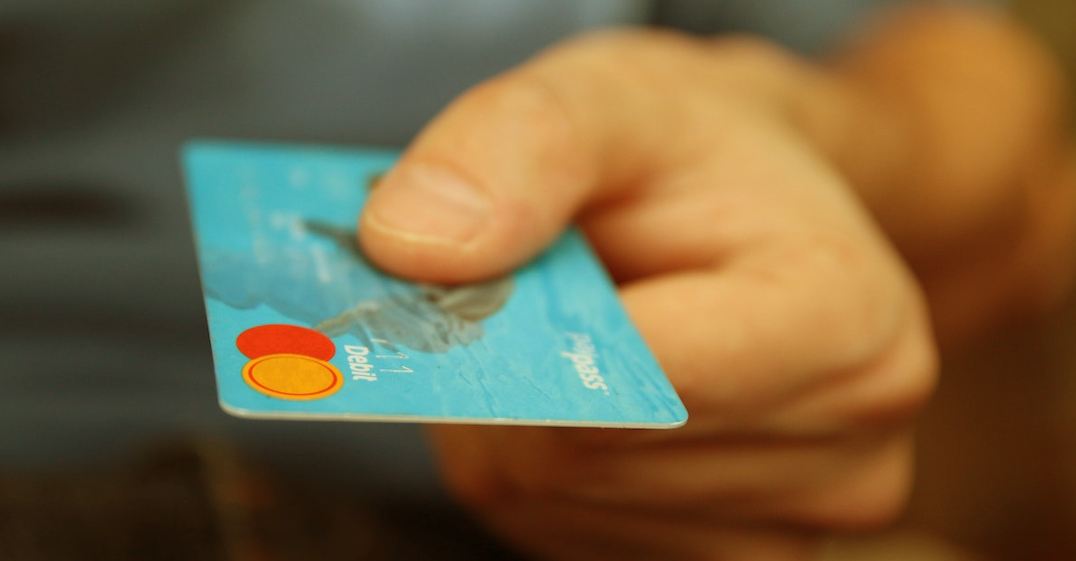If you’re carrying a balance on your credit card, it’s time to pay off that balance. Paying a minimum monthly payment will result in hefty bills and lots of interest payments. Follow these tips instead to maintain your credit score or to choose the best credit cards to build credit:
Avoid new charges until you’ve paid your balance in full
Avoid new charges until you’ve paid your balance in full. Since credit card companies typically charge high-interest rates, it’s best to use your card for emergencies only and pay off the balance each month.
If you can’t avoid carrying a balance, at least ensure that any annual fees are paid by using another card or finding some way to scrounge up the cash. Some cards even have rewards programs that offer points toward travel or other perks if you make regular purchases on time and pay them off each month. So don’t get caught paying those expenses on top of what you owe!
Pay more than the minimum payment
- Pay more than the minimum monthly payment on each of your credit cards every month. This could mean adding $20 or $50 to each card’s minimum payment amount, depending on how much you can afford. The extra money will be applied directly to the principal balance until it is paid off completely.
- Pay off one credit card entirely before moving on to another one (or doing both). This strategy works best when you have multiple debts with similar interest rates.
Prioritize your debt repayment
The first step in paying off debt is to create a plan and stick to it. To do this, you should prioritize your debts to pay off the card with the highest interest rate first. This is because these cards will continue to accrue interest while in their grace period, which means more money out of your pocket each month and longer until you’re completely out of debt.
Transfer high-interest credit card balances to a lower-rate card
If you have a high-interest credit card and want to lower your monthly payments, look for a low-interest card. The interest rates on these cards often hover around 8 percent or lower.
To transfer the balance, open up two credit card accounts and ensure that both cards have one-time balance transfers from other issuers. You’ll also need to be able to pay off the new account in full when it comes time to make payments.
Consolidate your credit card debt into a personal loan
If you have more than one credit card, one of the best ways to handle your debt is by consolidating it into a personal loan. This gives you access to funds that can be used to pay off all of your existing cards.
Consolidating credit card debt can be as simple as taking out a new loan to pay off old ones, or it can involve refinancing your property and using those proceeds to retire existing debt.
Lantern by SoFi experts also recommends giving importance to “APR stands for annual percentage rate. That rate is related to but not the same as your credit card’s interest rate. An interest rate is simply the cost of the money you take out on a credit card, usually expressed as a percentage, like 20%.”
The best way to handle credit card debt is to avoid it in the first place. If you have debt, make sure that it’s under control by looking into all your options before making any decisions. If possible, get a second job or ask family members for help until you can pay off the bill yourself—anything will work!
